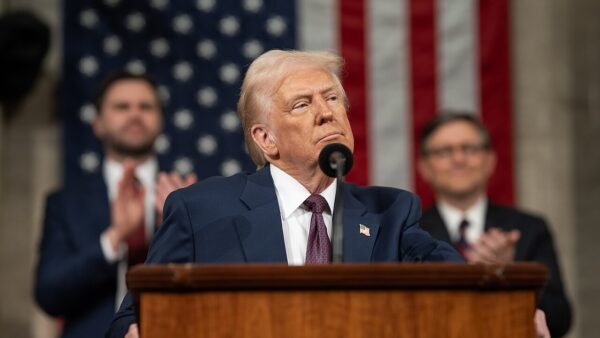The government of Tanzania is predicting that it will be able to supply 85% of rural communities with safe drinking water by 2020 and 100% by 2025.
It made the claim after the completion of the Kisemeni water and sewerage project in the Kilimanjaro region in fewer than 80 days.
Gerson Lwenge, the minister for water, said the scheme would serve 30,000 people out of 156,000 living in the district. But he added that its success depended on the population taking care of the scheme’s water tanks and sewerage connections, as well as paying their utility bills on time.
In a 2010 study it was estimated that about half the population of Tanzania had access to an improved water source, which breaks down to 79% of urban areas and 44% of rural areas.
The Wateraid charity estimates that 14 million people have no access to safe water in the country, and that 7,000 children a year die from diarrhoea caused by poor sanitation.
Tanzania has made a number of improvements in basic services in recent years, and in December last year it made secondary school education free and compulsory for all.
It has been less successful in rolling out electricity connections to schools in rural areas, however. The second phase of the Rural Electrification Densification Programme, which was due to be complete at the end of March, has connected only 5,900 out of the 15,920 villages that were targeted.
At present Tanzania is able to supply only 21% of its rural population with access to electricity, with the remainder overwhelmingly reliant on biomass, principally wood, for cooking and heating. According to a 2013 study, 90% of the country’s total energy use is derived from biomass.
The second densification scheme is intended to raise that percentage, but the Ministry of Energy and the Tanzania Electric Supply Company (Tanesco) have not announced any specific targets.
The problem with rural connections is the cost of creating the necessary infrastructure, as most of the south and the east of the country has no grid. What is more, 37% of the country’s installed capacity of 1.5GW is made up of hydroelectric power, which is vulnerable to drought.
The African Development Bank (AfDB) has recently approved an assistance package for Tanzania worth $1.1bn over five years.
The loan will be mainly used to fund infrastructure projects in the transport and energy sectors. The EU has also recently set aside a €626m ($690m) fund for the development of projects relates to good governance and human development between now and 2020.
In the field of housing, the country’s main development is the National Housing Corporation’s plan to build two satellite towns in the northern city of Arusha. These will cover an area of 4,000ha, and along with the new suburb of Kibada in Dar es Salaam represent a total investment of $1.7bn.
The Arusha towns will be known as Safari City and the Usa River Satellite City next to the Moshi-Arusha motorway.
Top photograph: 14 million people in Tanzania presently lack access to safe water (Picture courtesy of WaterAid)






